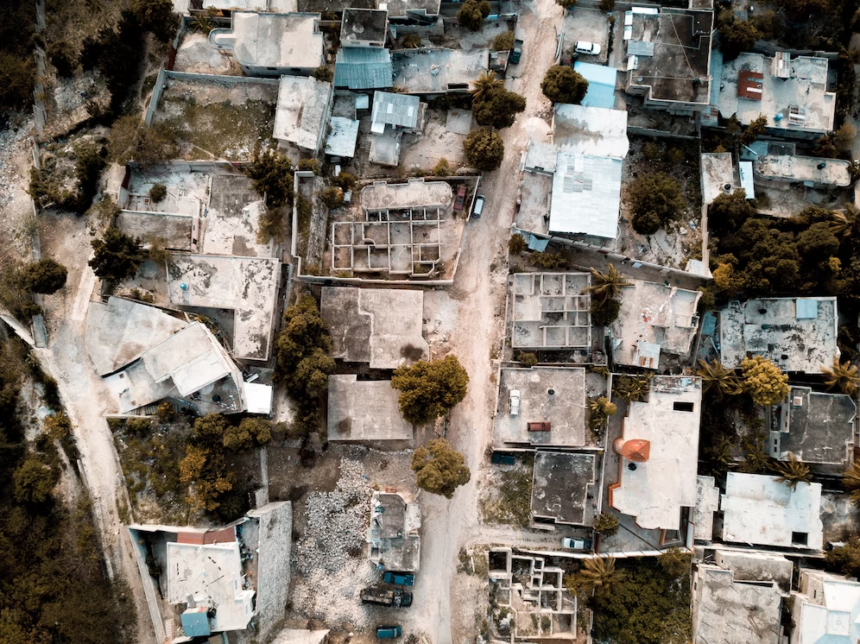Navigating Home Insurance for Earthquake and Seismic Activity in South Africa
South Africa, although not commonly associated with high seismic activity, does experience occasional earthquakes. These natural events can cause significant damage to homes and properties. Navigating home insurance for earthquake and seismic activity requires careful consideration and understanding of your insurance policy. Here are some key tips to help you navigate home insurance coverage for earthquakes in South Africa:
- Review Your Insurance Policy: Begin by thoroughly reviewing your home insurance policy to understand what coverage it provides for earthquake and seismic activity. Pay attention to the terms, conditions, and exclusions related to earthquakes. It’s crucial to be familiar with the coverage limits, deductibles, and any additional provisions specific to earthquakes.
- Assess Your Property’s Vulnerability: Evaluate your property’s vulnerability to earthquakes. Consider factors such as its location, proximity to fault lines, construction materials, and structural integrity. This assessment will help you determine the level of coverage you need and potential risks associated with earthquakes.
- Seek Specialized Coverage: Standard home insurance policies may not automatically include coverage for earthquake damage. In such cases, you may need to seek specialized coverage for earthquakes as an add-on or separate policy. Contact your insurance provider to inquire about earthquake insurance options and understand the associated costs.
- Understand Coverage Limitations: Even if your policy includes coverage for earthquakes, it’s important to be aware of any limitations or exclusions. Some policies may have sub-limits or specific conditions that apply to earthquake-related damage. Read your policy carefully or consult with your insurance provider to understand the scope of coverage and any restrictions that may apply.
- Determine Coverage Value: Assess the value of your property and its contents to ensure that your insurance coverage adequately reflects the replacement or repair costs in the event of an earthquake. It’s important to regularly update your coverage based on changes in property value, renovations, or additions to ensure you’re adequately protected.
- Mitigate Risks: Take proactive measures to mitigate the risks associated with earthquakes. Strengthen your property’s structure, reinforce vulnerable areas, and implement seismic retrofitting measures as recommended by experts. These risk reduction measures not only enhance safety but may also positively impact your insurance premiums.
- Document Property and Belongings: Document your property and belongings by creating an inventory of your possessions, including photographs, receipts, and detailed descriptions. This documentation will be invaluable when filing an insurance claim after an earthquake. Store this information in a safe place or digitally for easy access.
- Understand the Claims Process: Familiarize yourself with the claims process specific to earthquake damage. In the event of an earthquake, promptly contact your insurance provider to report the damage and initiate the claims process. Follow their instructions and provide all necessary documentation to support your claim. Be prepared for potential inspections or assessments of the damage by insurance adjusters.
- Seek Professional Advice: If you have specific concerns or questions regarding earthquake coverage, consider consulting with a professional insurance advisor who specializes in natural disaster coverage. They can provide guidance tailored to your individual needs and help you make informed decisions.
- Stay Informed: Stay informed about earthquake preparedness and safety measures recommended by local authorities and geological experts. By staying informed and prepared, you can reduce risks and ensure your home is adequately protected.
Remember, each insurance policy is unique, and it’s essential to review your policy documents or consult with your insurance provider for specific details and coverage options related to earthquake and seismic activity. Taking these steps will help you navigate home insurance coverage effectively and provide you with peace of mind in the face of potential earthquake risks.










